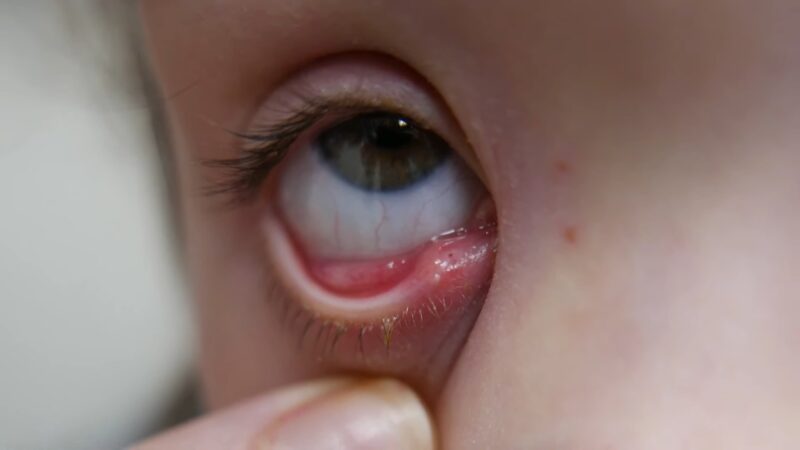Dacryoadenitis is a condition that affects the lacrimal gland, leading to its inflammation. This condition can manifest in either acute or chronic forms and can have various underlying causes, ranging from infections to autoimmune disorders.
In this comprehensive guide, we’ll explore the symptoms, causes, diagnostic procedures, and management options. Dacryoadenitis is an inflammation of the lacrimal gland, which is responsible for tear production.
The condition can be acute, manifesting suddenly with severe symptoms, or chronic, developing gradually with milder symptoms. Understanding the nature and anatomy of the lacrimal gland is crucial for comprehending how dacryoadenitis affects it.
Anatomy of the Lacrimal Gland
The lacrimal gland is located in the superotemporal part of the orbit and consists of two parts: the palpebral lobe and the orbital lobe. It belongs to the lymphoid tissue system, also known as mucosa-associated lymphoid tissue (MALT), and contains various immune cells like IgA plasma cells and T cell lymphocytes.
The gland’s secretions form the aqueous layer of the tear film, which is vital for eye health.
Symptoms
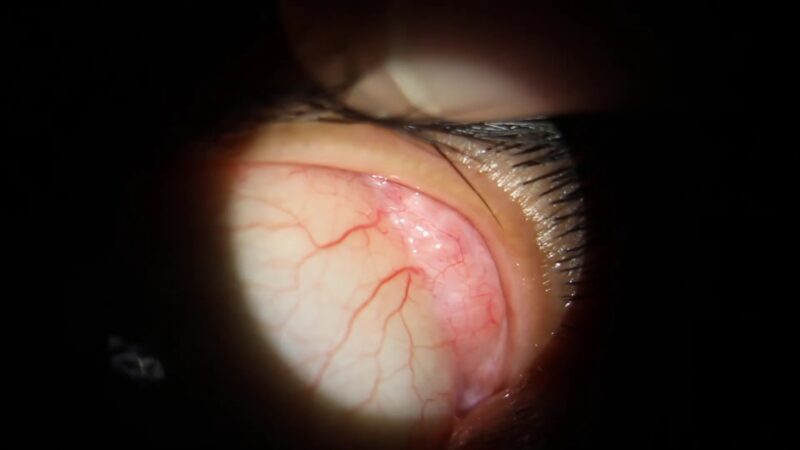
Dacryoadenitis can manifest in both acute and chronic forms. Let’s explore the distinctions between them.
Acute
Acute presents suddenly and is usually more severe than its chronic counterpart. Symptoms include:
- Swelling of the lateral third of the upper eyelid
- Pain and a feeling of pressure in the eye
- Redness of the eyelid and conjunctiva
- Mucopurulent discharge from the eye
Patients may also experience systemic symptoms like fever, malaise, and upper respiratory tract infections. Prompt diagnosis and treatment are essential to manage the condition effectively.
Chronic
Chronic is generally less severe and may not be associated with pain. Symptoms often include:
- An enlarged, mobile lacrimal gland
- Mild to severe dry eye symptoms
Unlike acute, the chronic form may not present with redness or discharge. It often requires a more nuanced approach to diagnosis and management.
Causes
Infectious Causes
Infectious can be caused by various agents, including:
- Viral Infections: Such as Epstein-Barr, mumps, and adenovirus.
- Bacterial Infections: Including Staphylococcus aureus and Streptococcus.
- Fungal Infections: Though rare, caused by organisms like Histoplasmosis.
- Protozoal Infections: Extremely rare but may be caused by organisms like acanthamoeba.
Each type of infectious dacryoadenitis requires a specific treatment approach, often involving antiviral, antibacterial, or antifungal medications.
Non-Infectious Causes
Non-infectious causes can be idiopathic, autoimmune, or lymphoproliferative. Idiopathic dacryoadenitis is the most common and is characterized by inflammation and fibrosis in the gland without a known cause.
Autoimmune causes include conditions like Sarcoidosis and Sjögren’s syndrome. Lymphoproliferative causes relate to tumors affecting the lacrimal gland and surrounding orbital area.
Diagnosis
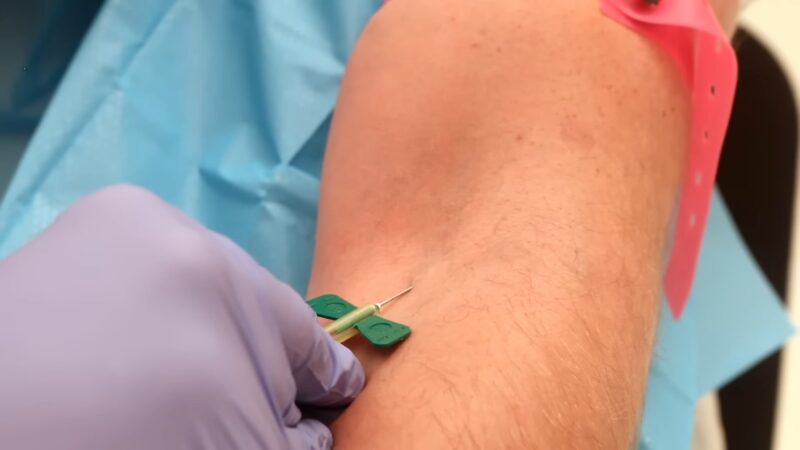
Clinical Presentation
Diagnosis largely depends on the clinical presentation of the patient. In acute dacryoadenitis, patients usually present with unilateral, severe pain, redness, and a pressure sensation in the superotemporal region of the eye. The onset of the disease is typically acute and rapid.
In chronic, the presentation is often subtler. Patients may experience unilateral or bilateral painless enlargement of the lacrimal gland over a month or more. This form of dacryoadenitis is more common than the acute type.
Laboratory and Imaging Studies
For acute dacryoadenitis, several tests may be conducted, including:
- Examination of smear of discharge from the eye
- Culture and sensitivity of the discharge
- Blood culture
In chronic dacryoadenitis, a lacrimal gland biopsy may be performed, especially if the condition is associated with systemic diseases. Imaging studies like CT scans can also provide valuable insights into the condition.
Management
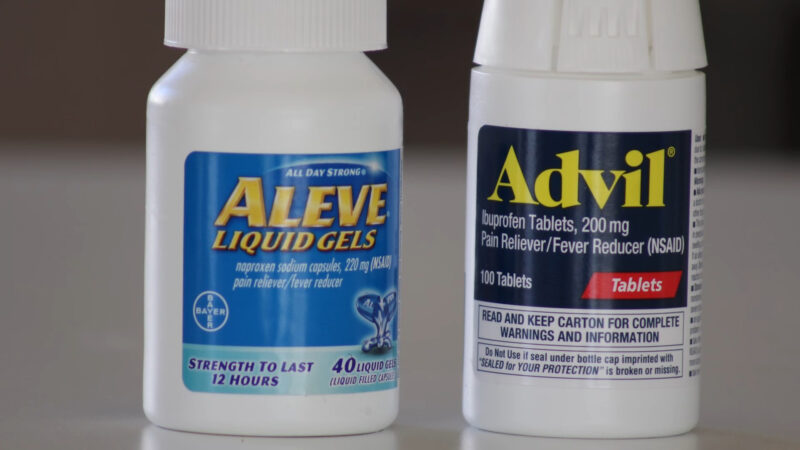
Acute
Management of acute dacryoadenitis depends on its underlying cause. For viral dacryoadenitis, which is often self-limiting, supportive measures like non-steroidal anti-inflammatory medicines (NSAIDs) may suffice.
Bacterial requires broad-spectrum antibiotics, such as cephalosporins, pending culture reports.
Chronic
In chronic, the treatment focuses on managing the underlying systemic disease, which is often determined through a lacrimal gland biopsy. The management approach is more nuanced and may require a multidisciplinary team for effective treatment.
Prognosis
Acute
The prognosis for acute dacryoadenitis is generally good, as the condition is mostly self-limiting. Timely diagnosis and appropriate treatment can further improve outcomes.
Chronic
The prognosis for chronic dacryoadenitis varies depending on the underlying disease and its management. Some conditions may require long-term treatment and monitoring.
Distinguishing Dacryoadenitis from Other Conditions
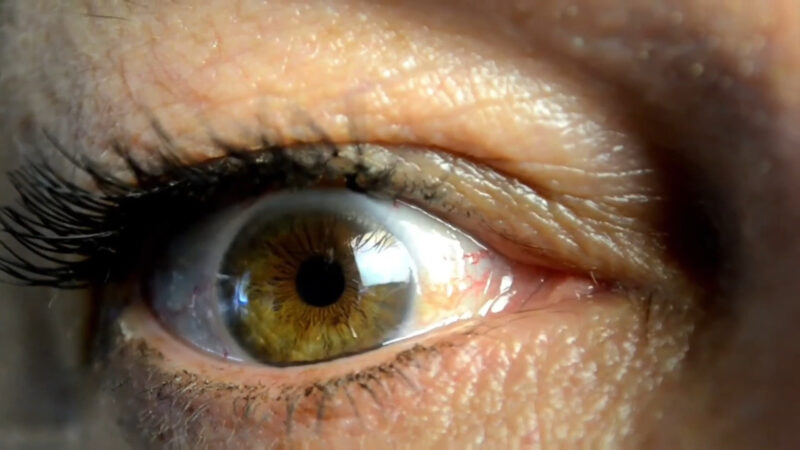
Commonly Confused Conditions
Dacryoadenitis can often be confused with other eye conditions, such as:
- Dry eye syndrome
- Exophthalmos
- Chalazion
- Hordeolum
It’s crucial to differentiate dacryoadenitis from these conditions for accurate diagnosis and effective treatment.
Diagnostic Criteria
Specific diagnostic criteria and tests can help distinguish dacryoadenitis from other similar conditions. These may include imaging studies, biopsies, and other specialized tests.
FAQ
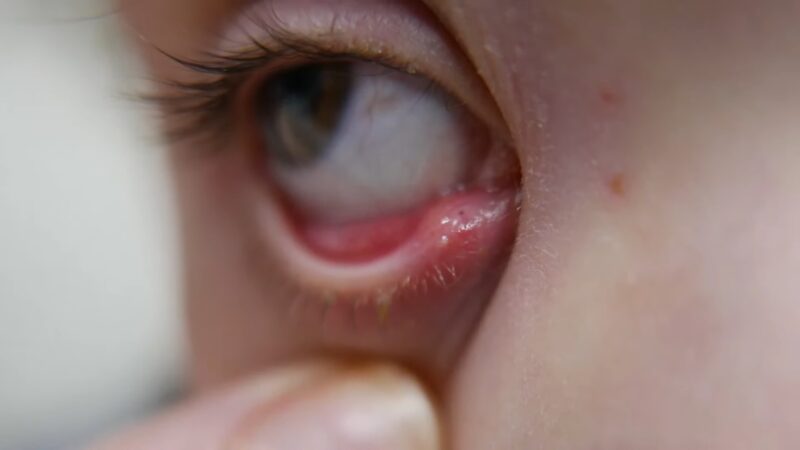
Can children get dacryoadenitis?
Yes, children can get it, especially the viral form. It’s essential to consult a pediatric ophthalmologist for proper diagnosis and treatment.
Can dacryoadenitis lead to permanent damage?
In most cases, dacryoadenitis does not lead to permanent damage if diagnosed and treated promptly. However, chronic forms associated with systemic diseases may have varying outcomes.
Is it contagious?
If dacryoadenitis is caused by an infectious agent like a virus or bacteria, it can be contagious. Proper hygiene and isolation measures should be taken to prevent the spread.
Are there any home remedies for dacryoadenitis?
While home remedies like warm compresses can provide temporary relief, it’s crucial to consult a healthcare provider for an accurate diagnosis and appropriate treatment.
Can It recur?
Recurrence is uncommon but can happen, especially in chronic forms or if the underlying cause is not adequately treated.
Final Words
Dacryoadenitis is a complex condition that requires a thorough understanding for effective diagnosis and management. Whether you’re a healthcare provider, a patient, or someone interested in eye health, we hope this comprehensive guide has provided you with valuable insights into this condition.
Early detection and proper treatment are essential for effectively managing dacryoadenitis, just as with other eye issues.

